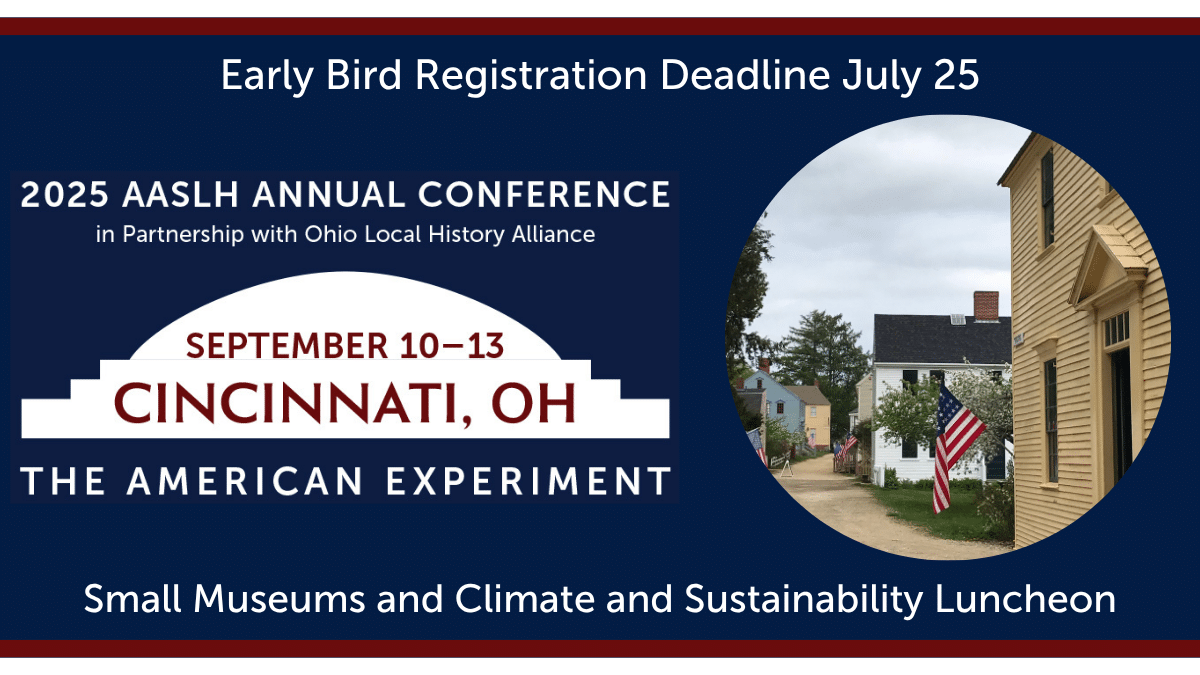When you work at a small museum, your absence for any length of time can be difficult to plan. After all, while you’re gone (or most of the time!), who is even available to pick up the slack? So, taking off three weeks for professional development seems like a pipe dream. In my humble opinion, however, SHA (Seminar for Historical Administration) is more valuable to those of us who work at smaller institutions than to those with departments and staff and budgets in the millions.
If you’re not familiar with SHA, it’s a three-week intensive professional development workshop held in Indianapolis each fall. Applications for the 2014 session are due May 19, so there’s still time! I attended in 2013 during a crucial turning point for both my museum and me. My boss was planning to step back, and he was looking to me to take over the reins as Executive Director. After being at one institution for 9 years, I knew Dallas Heritage Village backwards and forwards, but I needed to expand my toolkit for my new role.
When I arrived in Indianapolis, I very quickly made friends with my roommate, Natalie Gacek. As Executive Director of the St. Charles Heritage Society, she represented the smallest institution at SHA. During many late night conversations, we figured out a few things:
- Though we were always a bit jealous of the folks who had large institutional budgets, we realized we had a lot more flexibility to try new things. Some fellow classmates were frustrated with the hierarchy at their institutions. That’s not an issue at a small organization. Many conversations were about making changes, and a number of our colleagues felt trapped at their institution. We knew we would be able to implement some of our big ideas.
- Getting to do everything isn’t always a bad thing.
- Our institutions can get along without us. In fact, our absence encouraged some coworkers to become more confident.
I’ve always enjoyed working at a smaller institution, but after SHA, I appreciate the freedom that goes with it even more. By getting the big picture of history museums, it’s much easier to see where we fit. And that’s valuable.
So, how do you make it all work? After all, you probably can’t shut your museum down for three weeks! Natalie increased the hours of her part-time assistant and asked volunteers to work a bit extra. I have a staff, so I just learned how to delegate. For the first time in my career, an event happened at the museum without me, and the museum was still standing when I returned. Perhaps the most important lesson we both learned was in learning to let go.
If you have any questions about SHA, please feel free to contact me at [email protected] or 214-413-3671




